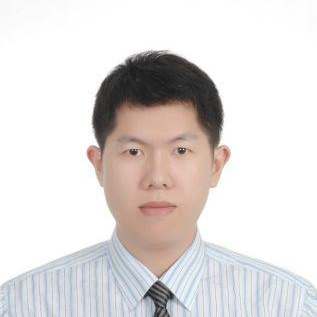Quantum Materials for Photonic Devices
A special issue of Nanomaterials (ISSN 2079-4991). This special issue belongs to the section "Nanophotonics Materials and Devices".
Deadline for manuscript submissions: closed (20 May 2023) | Viewed by 7707
Special Issue Editor
Interests: photonic crystals; quantum materials; photonic devices; contact lens
Special Issues, Collections and Topics in MDPI journals
Special Issue Information
Dear Colleagues,
In recent years, quantum materials have emerged concept across diverse fields of science and engineering. Quantum materials are a promising and broad class of materials that feature optical and electronic properties that can be engineered through their composition and crystal structure, such as quantum dots, quantum rods, quantum wells, etc. From a material and photophysics perspective, exciting opportunities remain in the understanding and harnessing of electrons in highly confined materials. In addition, photonic devices are components for creating, manipulating, or detecting light, such as laser diodes, light-emitting diodes, solar or photovoltaic cells, displays, optical amplifiers, etc. Therefore, “quantum materials” developed for photonic device applications could drive the commercialization of display and lighting applications and provide promising developments in the related fields
Prof. Dr. Chun-Feng Lai
Guest Editor
Manuscript Submission Information
Manuscripts should be submitted online at www.mdpi.com by registering and logging in to this website. Once you are registered, click here to go to the submission form. Manuscripts can be submitted until the deadline. All submissions that pass pre-check are peer-reviewed. Accepted papers will be published continuously in the journal (as soon as accepted) and will be listed together on the special issue website. Research articles, review articles as well as short communications are invited. For planned papers, a title and short abstract (about 100 words) can be sent to the Editorial Office for announcement on this website.
Submitted manuscripts should not have been published previously, nor be under consideration for publication elsewhere (except conference proceedings papers). All manuscripts are thoroughly refereed through a single-blind peer-review process. A guide for authors and other relevant information for submission of manuscripts is available on the Instructions for Authors page. Nanomaterials is an international peer-reviewed open access semimonthly journal published by MDPI.
Please visit the Instructions for Authors page before submitting a manuscript. The Article Processing Charge (APC) for publication in this open access journal is 2900 CHF (Swiss Francs). Submitted papers should be well formatted and use good English. Authors may use MDPI's English editing service prior to publication or during author revisions.
Keywords
- quantum dots
- quantum rods
- quantum wells
- luminescent materials
- quantum materials






